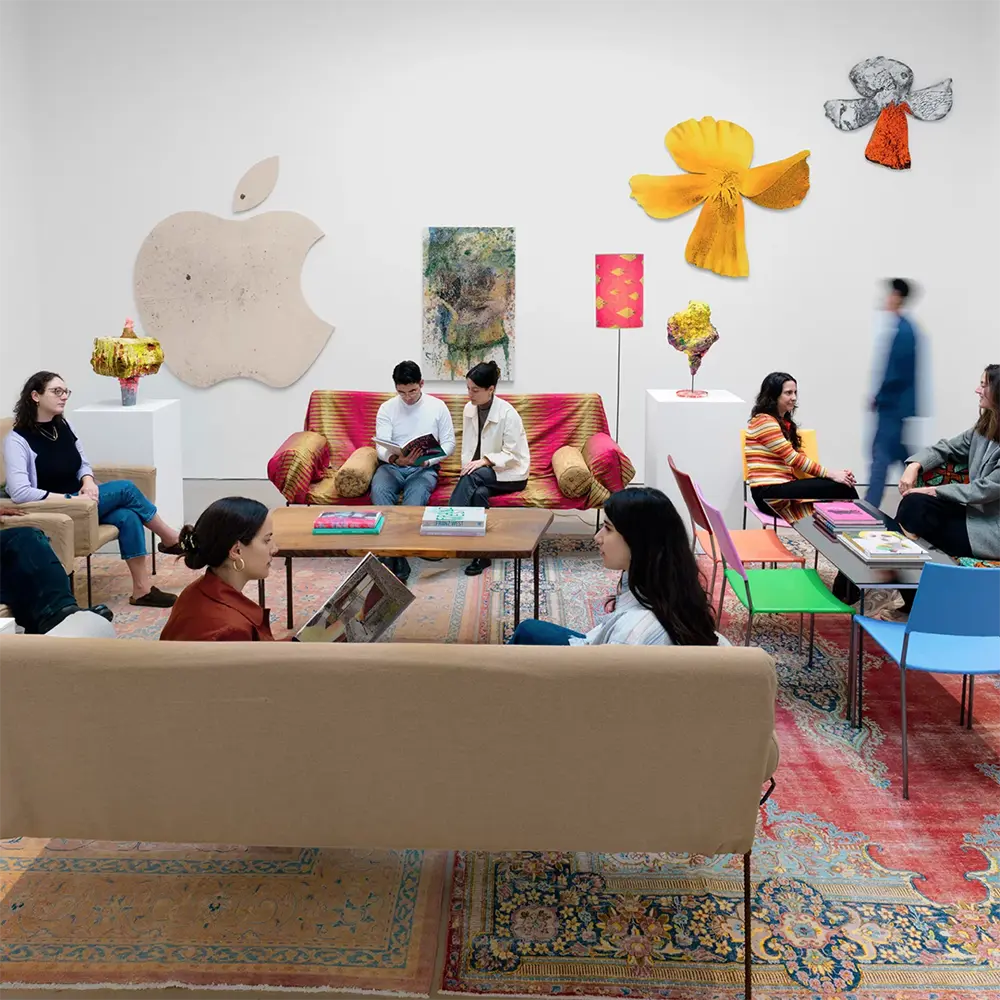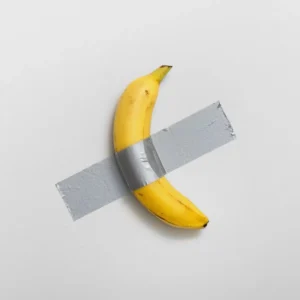Frieze New York’s 12th edition at The Shed features 68 exhibitors across three floors. The fair continues to showcase pieces fetching six/seven-figure prices. Painting emerges as the protagonist. Textile and collage shine as stars. Solo booths punctuate. Smaller works assert their significance.
The art trade is currently characterized by caution and conservatism, with dealers advised to diversify their offerings across art fair stands. However, at Frieze New York, a significant portion of exhibitors, around 40%, have opted for single-artist presentations, contrary to the prevailing advice. This includes major players like Gagosian and Gladstone Gallery.
Highlights include Reverend Joyce McDonald’s small sculptural heads at Gordon Robichaux, Seung-Taek Lee’s recycled material sculptures at Gallery Hyundai, and Alex Katz’s vibrant nature images at Gladstone.
Jenkins Johnson features volcanic paintings by Dewey Crumpler linking historical subjects like the Atlantic slave trade and the Dutch tulip trade. Tulips are a recurring motif, seen in Jennifer Tee’s meticulous collage at Tina Kim Gallery and Dewey Crumpler’s paintings.
Painting takes center stage in the show. While figurative works have somewhat declined, notable examples include Rosana Paulino’s radiant diptych at Mendes Wood DM. Abstraction dominates, though much of it feels generic. However, a 1989 Mary Heilmann painting titled “Our Lady of the Flowers” at Hauser & Wirth evokes a unique feeling, characteristic of the artist’s work, suggesting a sense of unprecedented innovation.
Notable smaller works includes Pawel Althamer’s ceramic sculpture at Anton Kern, Shilpa Gupta’s hourglass sculpture at Tanya Bonakdar, and Doris Salcedo’s dangerous veil made of sewing needles at White Cube. Katharina Fritsch’s polyester sculpture at Matthew Marks, Beverly Buchanan and Thornton Dial’s pairing at Andrew Edlin, and Bracha L. Ettinger’s abstract painting at Andrew Kreps are noteworthy.
Textile and collage artworks stand out. Ortuzar Projects presented a captivating show by Feliciano Centurión, who transformed embroidery and knitting into an intimate portrayal of a vibrant gay life. A Gentil Carioca gallery from Rio de Janeiro showcased dynamic woven works by three distinct artists: Laura Lima and Vivian Caccuri from Brazil, and Ana Silva from Angola.
Clarissa Tossin, represented by Commonwealth and Council, uses cut-up Amazon delivery boxes to blur the lines between weaving and collage, a technique also featured in the Whitney Biennial. Beatriz Cortez’s bird feather assemblages, Joan Snyder’s vibrant paintings incorporating natural elements, and Antonio Tarsis’s matchbox ensemble are powerful.





